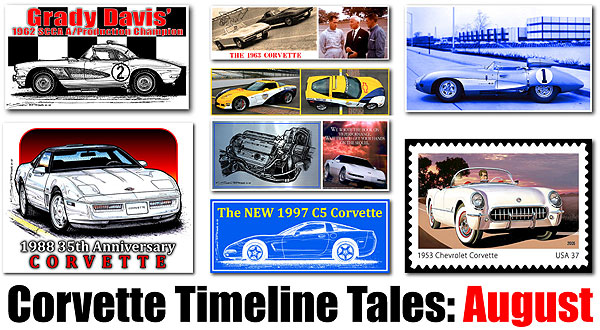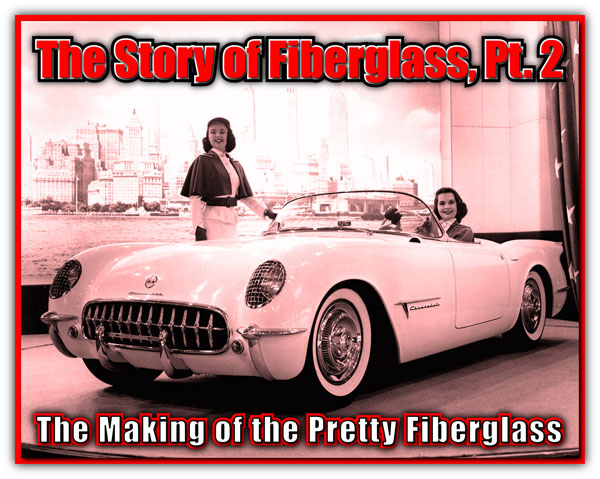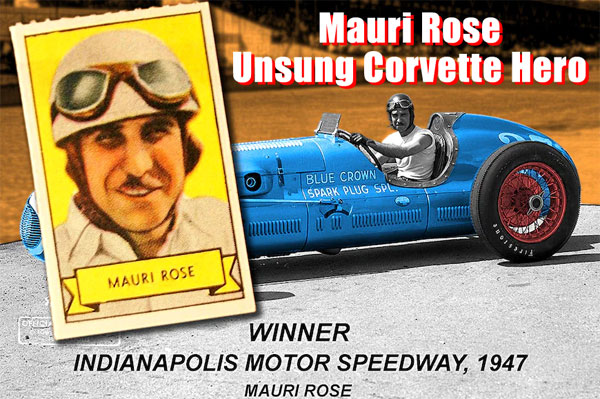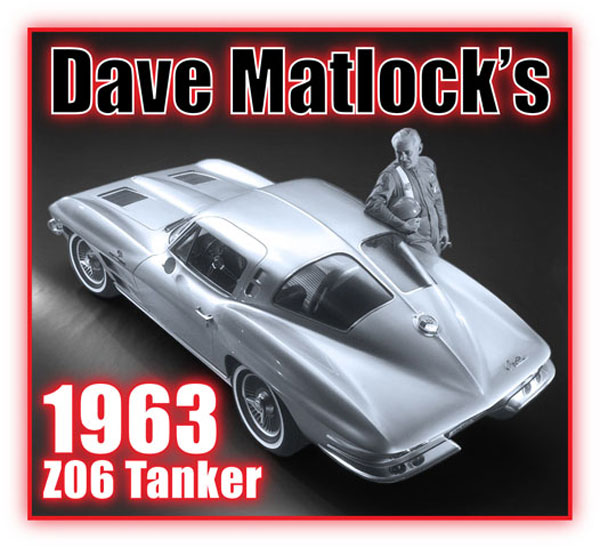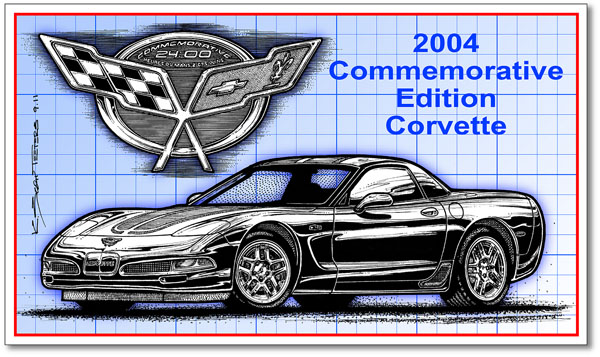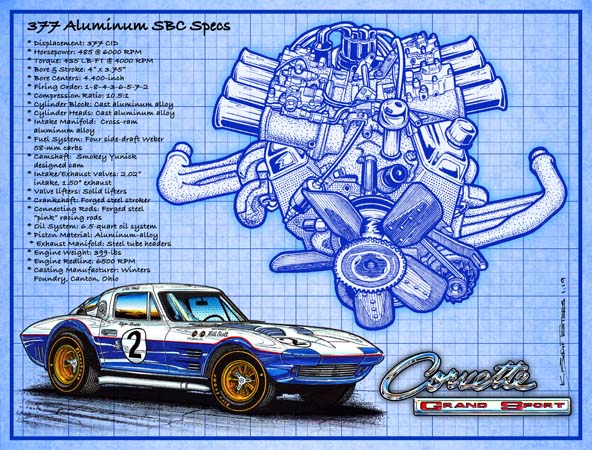If you are a Netflix subscriber, you’re in for a treat! Corvette Nation aired for two seasons with the third season bogged down in a law suit. Well, it you missed the series as it rolled out on the cable network, Velocity, seasons 1 and 2 are on Netflix in their Watch Instantly library. Read More
Search Results for: Cunningham
The Briggs “Swift” Cunningham 1960 Fuel Injected Corvette is Now a Movie Star! “The Quest” DVD – Available Now
The 1960 Fuel Injected Corvette famously known as the “Cunningham Le Mans Assault” car is now a movie star! It seems that for most of us, there’s a Time/Date stamp on our affection for Corvettes that coincides with that first moment we laid eyes upon the machine. For me, it was ‘66 to ‘69 big block Corvettes. For Chip Miller, it may well have been this car, the 1960 Briggs “Swift” Cunningham 1960 Fuel Injected Corvette. it’s not hard to “get” the passion. When you look at the machine, it screams “RACE CAR!” And while that is definitely correct, a closer examination of the car reveals how astonishingly close the car is to a stock ‘60 Fuelie Corvette. Read More
Corvette Timeline Tales – August
The only thing hotter than an August day in Michigan was the all-new, 1963 Corvette Sting Ray. The GM Proving Ground was first opened in 1924 and was the industry’s first dedicated automobile testing facility. Located in Milford, Michigan, the facility is huge and today has 4,000 acres, 107 buildings, and employs around 4,800 people. Some say that in the summer months, out on the 4,000 acre black asphalt surface, the temperature can reach 140-degrees! Read More
The Story of Fiberglass, Pt. 2 – Making the Plastic Corvette
Unlike the one-of-a-kind Brooks Boxer and Alembic-I, the body had to be engineered for mass production. The directive was to lay out the body parts as if they were steel, which makes sense, as that’s what they were used to doing. Besides, fiberglass was the quick way to get to a body design that would later be made from steel. This was the plan at the time. Read More
Corvette Engineer Mauri Rose
Mauri Rose was a genuine unsung Corvette hero. Having won the Indy 500 three times, Rose had the most racing experience of any GM engineer. Chevrolet Chief Engineer, Cole told him, “You are the man to do the sports car.” Read More
Z06 Review, Pt. 8 – Dave Matlock’s NCRS Heritage Award 1963 Z06 Tanker Sting Ray
Z06 Review, Pt. 7 – 2004 Commemorative Edition Z06 Corvette
1963 Aluminum 377 Small-Block Chevy Engine
The design parameters of Cole’s SBC were that the engine should be; small, lightweight, simple, and inexpensive. Cole reasoned that an aluminum version of the SBC using a new aluminum-silicone alloy would be obviously lighter and probably less expensive to make. To keep costs down, there would be no valve seat inserts, no pressed-in valve guide inserts, or cylinder liners. But sometimes a simple idea turns out to not be so simple.
Problems started right from the beginning. The complex molds used sand cores and the completed castings required extensive machining. Sand-cast aluminum is high in porosity and low in density. During machining, cavities would open up in the castings, causing a high rejection rate, which drove up cost. Aluminum pistons on aluminum bores were hard to lubricate and would scuff the bores. Between the strength of materials and the casting challenges, pouring aluminum into molds designed for cast iron wasn’t going to work for mass-production Read More

